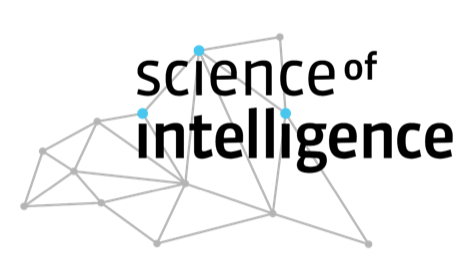The collective dynamics underlying personal and social information integration
Understanding how individuals integrate personal and social information

AI-generated at SCIoI with prompt "train station people"
Individuals rarely make decisions in social isolation. In most situations, individuals are subject to social influence. Social influence may be beneficial (e.g., increase decision quality), but it can also be detrimental (e.g., when false information cascades occur). To understand the emergence of collective intelligence—the shared intelligence that emerges from collaborative, collective efforts of individuals—we need to comprehend how individuals integrate personal and social information. A key aspect that has been largely neglected in human collective intelligence research is the dynamic aspect of information exchange. Most studies on human collective decision making assume that individuals simultaneously make decisions, which are then statically exchanged. In reality, however, information exchange is highly dynamic, and the timing of information exchange is linked to (subjective) information quality. Few studies have embraced such an approach; consequently, the dynamics of information flow in human groups remain poorly understood. To fill this important gap, this proposal has four objectives. First, we will investigate how single individuals integrate personal and social information under controlled conditions (objective 1). Next, we will parameterize a dynamic decision making model to predict information flow and collective dynamics in real-time interacting human groups, and test these predictions (objective 2). We then further parameterize our model to derive predictions for information flow across different network structures, and test these predictions (objective 3). Finally, we will bring all these issues together, studying the conditions underlying collective intelligence in collective systems (objective 4). The analytical system consists of human groups conducting experimental choice tasks. The synthetic component consists of drift diffusion models that address the cognitive processes underlying information integration. We continuously close the loop between analytical and synthetic systems, by using both approaches in concert. As end product, we will develop a versatile set of open-source algorithms (in CRAN R/Python) that can be used to study information integration processes in collectives, as well as for programming robotic swarms to achieve collective intelligence in the face of key challenges, such as speed-accuracy trade-offs or optimization at the individual versus collective level. Prior to release, the performance of these algorithms will be extensively tested with genetic algorithms.
Project Results
In many social contexts (e.g., whether getting vaccinated, buying stocks, or crossing streets), agents decide sequentially, setting the stage for information cascades whereby early-deciding individuals can influence others’ choices. To understand how information cascades through social systems, it is essential to capture the dynamics of the decision-making process. In this project, the team developed a social drift–diffusion model (SDDM) to capture these dynamics. They tested their model using a series of sequential choice tasks. The model was able to recover the dynamics of the social decision-making process across various environmental settings, accurately capturing how individuals integrate personal and social information dynamically over time and when they make their decisions. The SDDM reveals the importance of capturing the dynamics of decision processes to understand how information cascades in social systems, paving the way for applications in other social systems.




